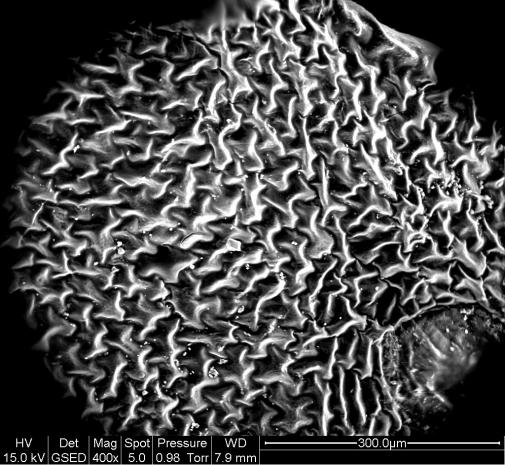
Breaking News
 Private Equity Plan to Steal Your Home.
Private Equity Plan to Steal Your Home.
 Comfy custom-fit saddle is 3D-printed according to data from your butt
Comfy custom-fit saddle is 3D-printed according to data from your butt
 WHO and EU Launch AI System To Monitor Social Media And Online "Misinformation" In Real T
WHO and EU Launch AI System To Monitor Social Media And Online "Misinformation" In Real T
 Why 'Mirror Life' Is Causing Some Genetic Scientists To Freak Out
Why 'Mirror Life' Is Causing Some Genetic Scientists To Freak Out
Top Tech News
 Future of Satellite of Direct to Cellphone
Future of Satellite of Direct to Cellphone
 Amazon goes nuclear with new modular reactor plant
Amazon goes nuclear with new modular reactor plant
 China Is Making 800-Mile EV Batteries. Here's Why America Can't Have Them
China Is Making 800-Mile EV Batteries. Here's Why America Can't Have Them
 China Innovates: Transforming Sand into Paper
China Innovates: Transforming Sand into Paper
 Millions Of America's Teens Are Being Seduced By AI Chatbots
Millions Of America's Teens Are Being Seduced By AI Chatbots
 Transhumanist Scientists Create Embryos From Skin Cells And Sperm
Transhumanist Scientists Create Embryos From Skin Cells And Sperm
 You've Never Seen Tech Like This
You've Never Seen Tech Like This
 Sodium-ion battery breakthrough: CATL's latest innovation allows for 300 mile EVs
Sodium-ion battery breakthrough: CATL's latest innovation allows for 300 mile EVs
 Defending Against Strained Grids, Army To Power US Bases With Micro-Nuke Reactors
Defending Against Strained Grids, Army To Power US Bases With Micro-Nuke Reactors
This New Graphene-Based Electrode Could Boost Solar Storage by 3,000%

Drawing inspiration from the plant world, researchers have invented a new electrode that could boost our current solar energy storage by an astonishing 3,000 percent.
The technology is flexible and can be attached directly to solar cells - which means we could finally be one step closer to smartphones and laptops that draw their power from the Sun, and never run out.
A major problem with reliably using solar energy as a power source is finding an efficient way to store it for later use without leakage over time.
For that purpose, engineers have been turning to supercapacitors - a type of technology that can charge extremely fast and release energy in large bursts. But for now, supercapacitors aren't able to store enough energy to make them viable as solar batteries.
So a team from RMIT University in Melbourne, Australia decided to investigate how living organisms manage to cram a lot of energy into a small space, and their imagination was soon spurred on by the ingenious fractal-based leaves of a common North American plant - the western swordfern (Polystichum munitum).

 SpaceX Heat Shield and Starship Mass Production
SpaceX Heat Shield and Starship Mass Production

